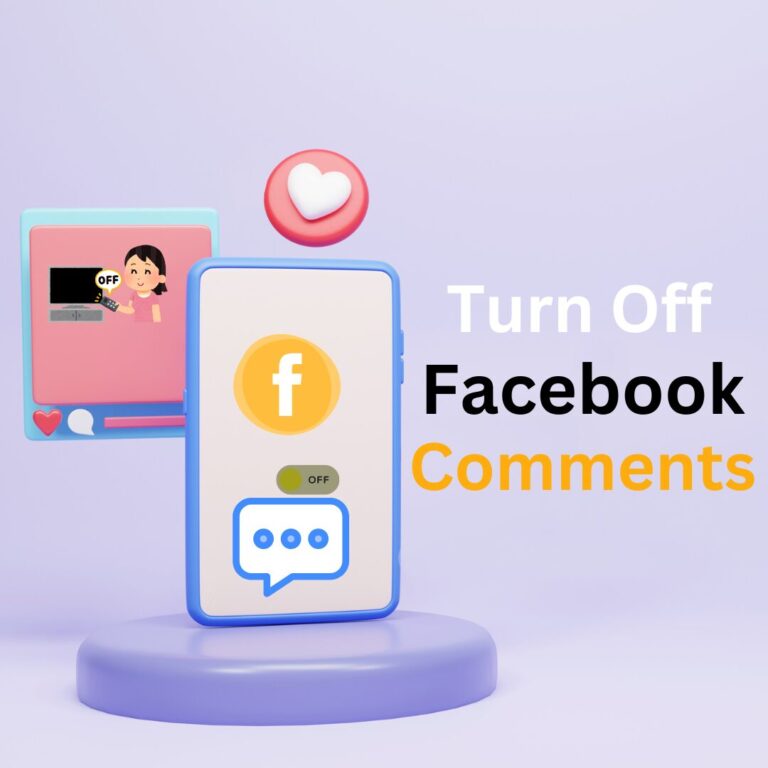Elementor #150
The Importance of the Back Button in the Facebook App
In the ever-evolving landscape of mobile applications, user experience is supreme. Among the countless parts that help to a smooth and pleasurable user experience, the “Back” button stands out as an important guidance tool. For many apps, especially social media titans like Facebook, the performance and deeds of the back button can substantially affect how users engage with the platform.
Table of Contents
Toggle
The Role of the Back Button
The back button works as a user’s fast return way, allowing them to revert to the prior screen or mode. This simple but powerful feature is important for maintaining a smooth and instinctive navigation flow. On Facebook, where users regularly switch between different pages such as the news feed, profiles, posts, messages, and notifications, the back button’s role becomes even more essential.
Facebook App Navigation: A Brief Overview
Facebook’s app is designed to be a focus on continuous involvement. Users can rapidly detect oneself intensely in a web of content, moving from a friend’s post to their profile, then to a shared link, and etc. In this situation, the back button acts as a guide, helping users revisit their steps without getting gone in the app’s broad maze.
How Facebook Handless the Back Button

Android vs. iOS
On Android devices, the back button is a hardware feature, meaning it’s always existing On iOS devices, the back button is usually a software feature combined into the app’s surface. Facebook has enhanced its app to work smoothly with both operating systems, ensuring that the back button functionality is stable.
Context-Aware Navigation
Facebook’s app smartly controls the back button to enhance the user experience. For example if a user guides from the news feed to a friend’s profile, then to a photo, pressing the back button will successively return them through these pages, instead of quickly returning them to the home screen.
Multi-Level Navigation
In cases where users lung intensely into the app (e.g., accessing many nested pages), the back button sustains the direction structure. This means users can discover material willingly , knowing they can always return to their starting point by pressing the back button many times if needed.
Challanges and Improvement
Despite its importance, the back button can sometimes lead to irritation if not executing accurately. For instance, if pressing the back button accidentally exits the app or carries users to surprising screens, it can interrupt the user experience. Facebook constantly changes its app to improve the performance, addressing user response and ensuring the back button behavior fits with user hopes.
Conclusion
The back button in the Facebook app is more than just a guidance tool; it’s an essential part of the user experience. By providing a consistent way to move reverse through the app’s extensive content, Facebook ensures that users can explore easily without anxiety of getting lost. As mobile apps continue to develop, features like the back button will remain important in maintaining a smooth and accessible experience.





